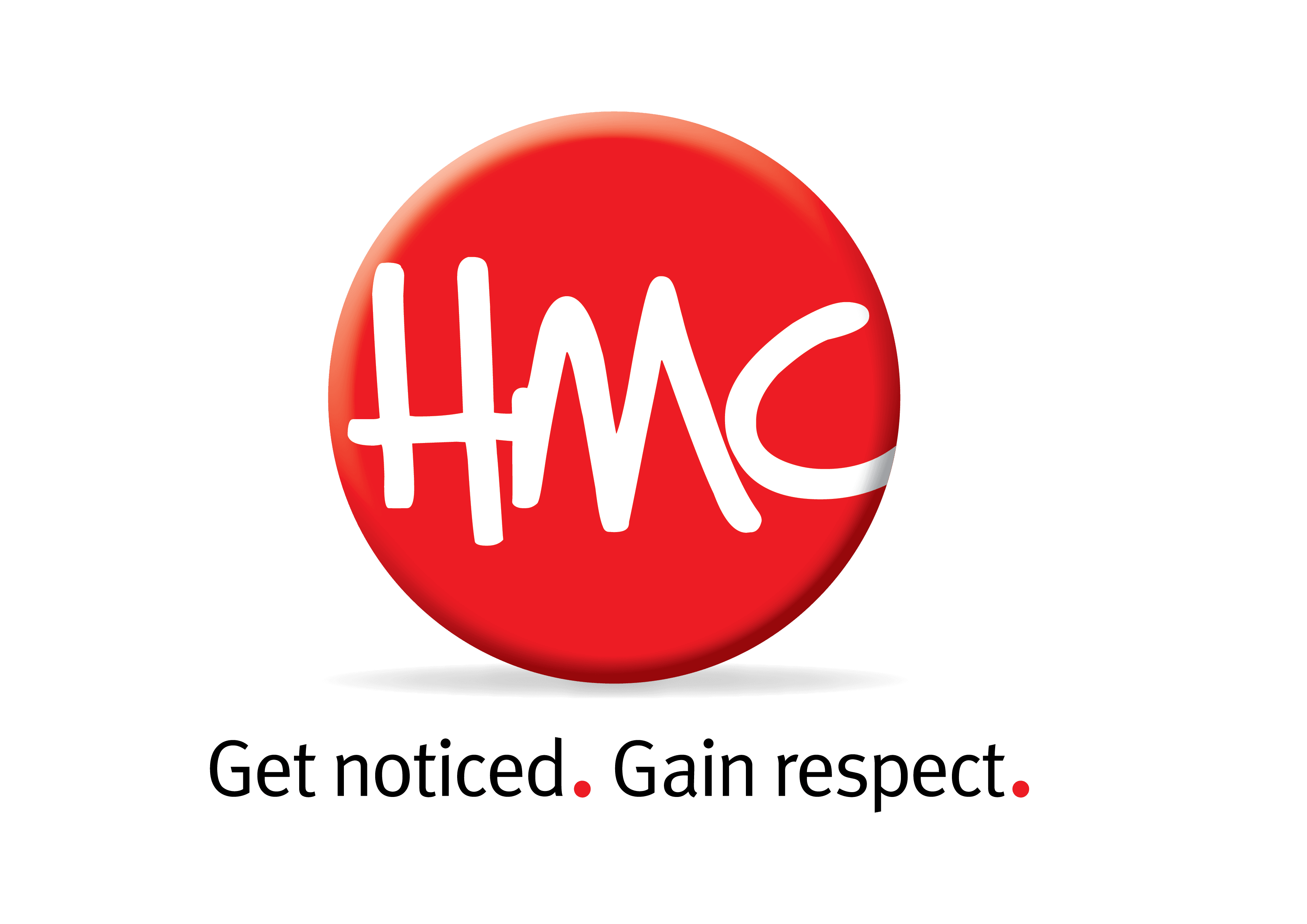We've been talking about whether organisations should take a stand on social issues, and our team learnt more about how to strike a balance on this when we attended a recent webinar on the topic.
You’ll recall the situation earlier this year when seven Australian NRL players refused to wear a rainbow-detailed jersey, celebrating inclusion and the LGBTQ community. If you missed the story, check it out here: https://www.rnz.co.nz/news/world/471893/pride-jersey-controversy-a-reckoning-for-australian-sport
It was meant to be a proud moment for Australian sport but it backfired and instead demonstrated a disconnect between the words of management and the actions of the team.
Throughout the webinar, guest speakers Cas Carter, Debashish Munshi and Danielle Bond advocated for when it was okay to speak up on social issues and when it might not be appropriate. They used the example of how it can all go very wrong, with the Manly Warringah Sea Eagles story as an illustration. We thought we would share some of the key takeaways from the webinar.
When to approach an issue
Placing importance on certain topics and issues is part of being human. We all have an opinion on an issue. But when representing a brand and sharing our opinion with thousands of followers, there are three key questions we should ask ourselves before speaking out.
- Does the position we want to take align with what our business stands for? Think about your values, beliefs, and your tone-of-voice as a brand. Before publishing any thoughts on the topic, ask yourself if the stance you want to take aligns with your company ethos on all levels.
- Is our brand already doing something about this issue? Has your brand already taken action to show support for this issue? What efforts are you making already? For example, how do you practice inclusion? What are you doing to mend the gender pay gap? It is all well and good to show support for an issue but mind the “say-do” gap in doing so.
- Who are my stakeholders and what would this mean to them? The people drive the brand, both internally and externally. It is crucial to have key stakeholder thoughts and feelings at the top of your mind before saying anything. Think about the relationship you have with your stakeholders and how they would be affected, positively and negatively, by your approach.
The ‘say-do’ gap
Actions speak louder than words and the “say-do” gap is self-explanatory. It’s the gap between your reported concerns and intentions around a topic and those intentions being followed up with action. Be careful not just to say “we support equal pay” but think about showing what measures you have taken to back up your voice.
Approach issues with humility and authenticity
When you publish any communication related to a social issue, do so with the understanding that there will always be a degree of pushback, there’s always someone who will disagree.
What you can do is have a clear line of authenticity in your communication. If you are taking a stand on an issue just for the sake of some good PR, your audience will see right through your attempt. Going back to the say-do gap mentioned before – if your words cannot be backed up with actions, you will quickly trivialize the issue.
Lastly, pick the battles that are most important to you and your brand.
As they said in the webinar, if you try to stand for everything, then you are fully committed to nothing.

